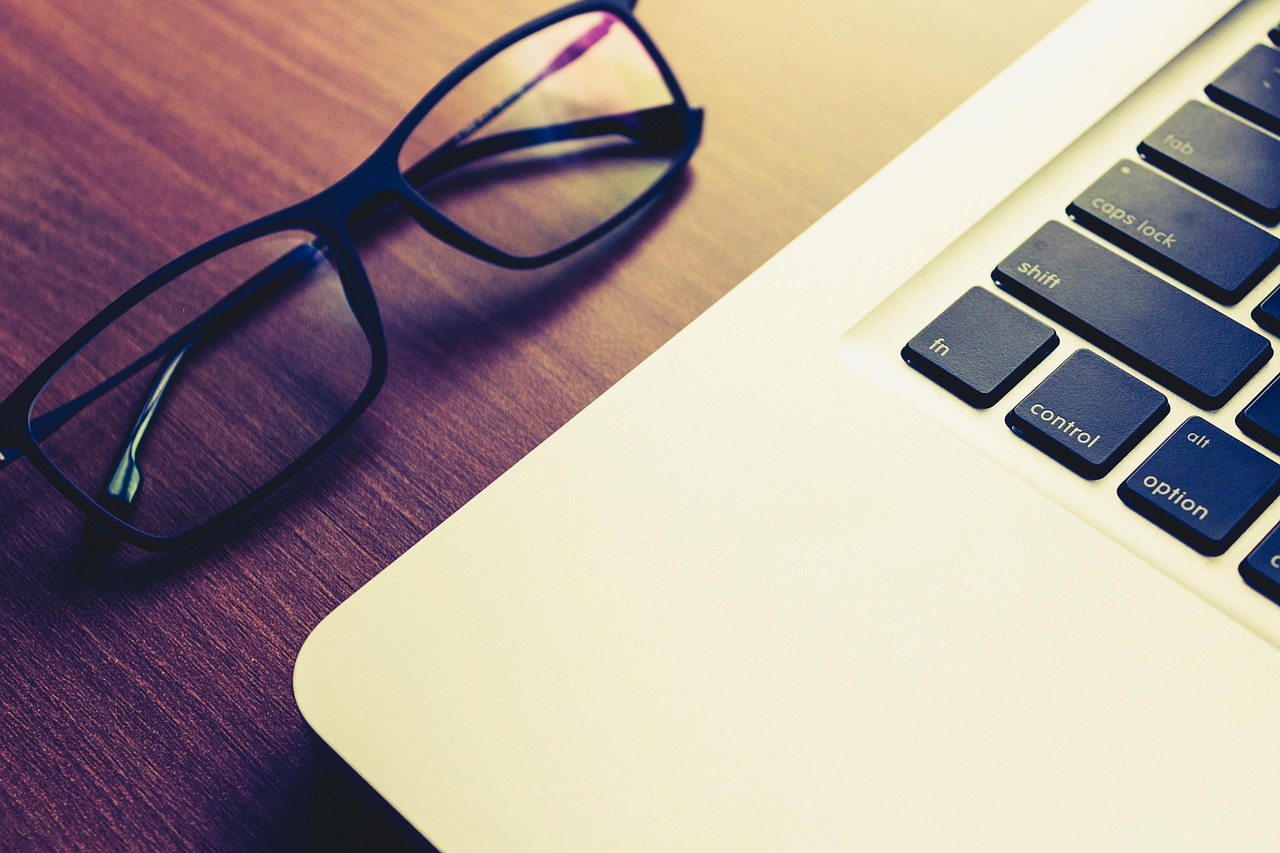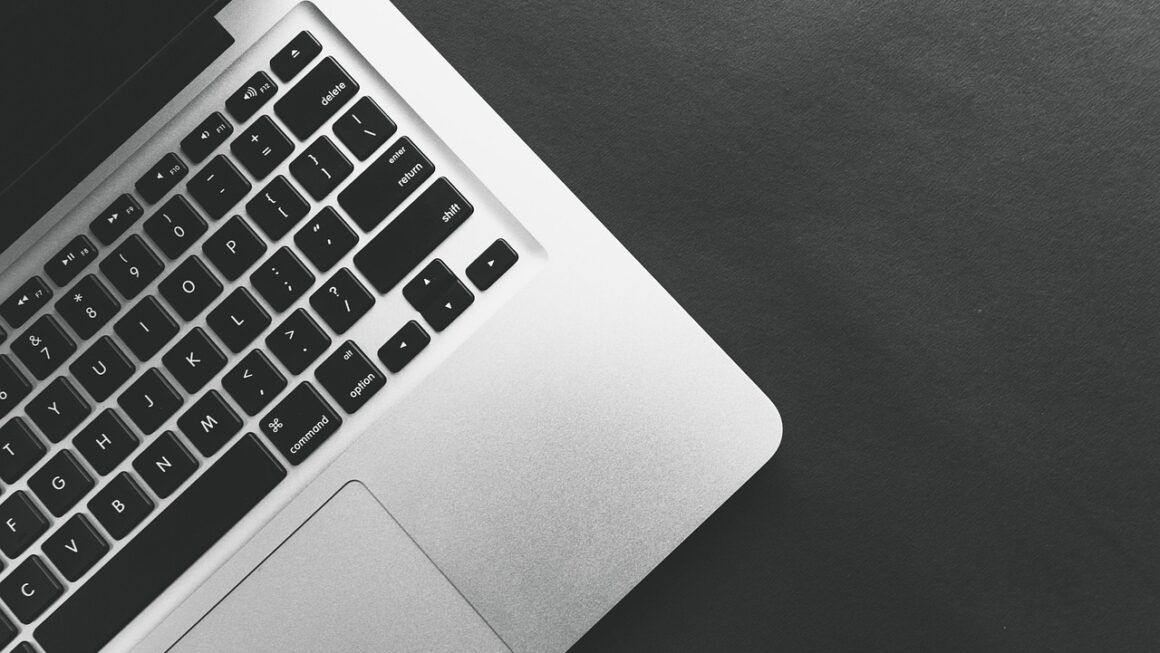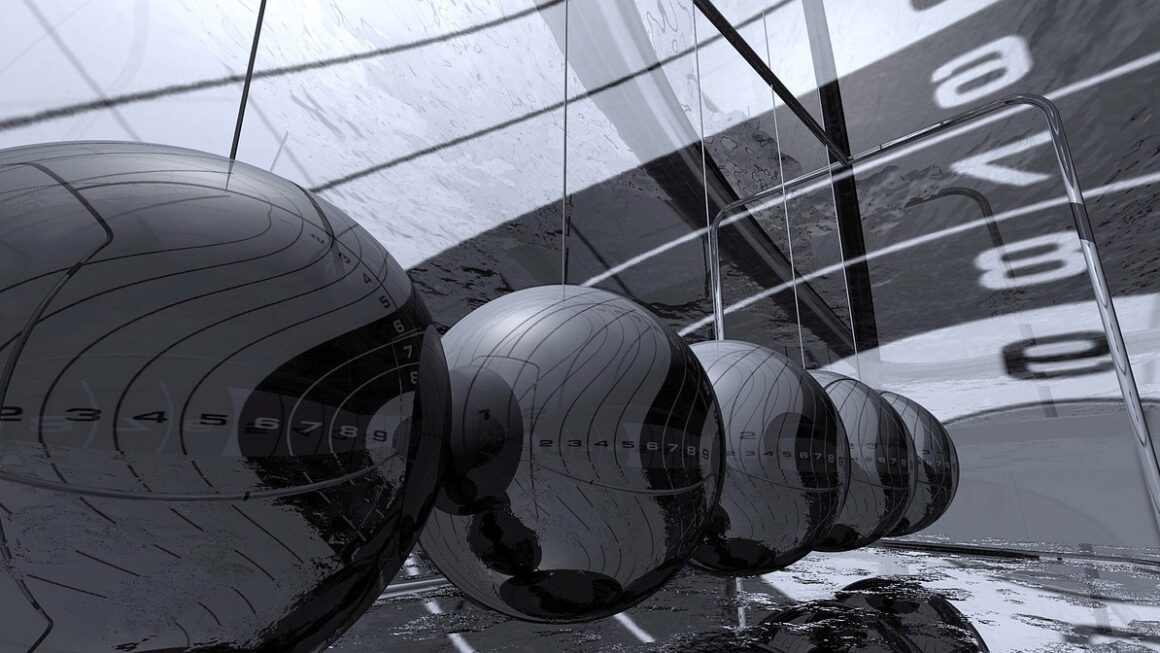AI image tools are revolutionizing the way we create and interact with visuals. From generating photorealistic images from text prompts to enhancing existing photos with AI-powered filters, these tools are democratizing creativity and opening up exciting possibilities for artists, marketers, and everyday users alike. This blog post delves into the fascinating world of AI image tools, exploring their capabilities, applications, and the future they hold.
Understanding AI Image Generation
What is AI Image Generation?
AI image generation utilizes sophisticated algorithms, particularly generative adversarial networks (GANs) and diffusion models, to create images from textual descriptions, existing images, or random noise. These models are trained on massive datasets of images and their corresponding captions, allowing them to learn the relationship between text and visuals.
- GANs (Generative Adversarial Networks): Consist of two neural networks, a generator and a discriminator. The generator creates images, while the discriminator tries to distinguish between real and generated images. This adversarial process leads to the generation of increasingly realistic images.
- Diffusion Models: These models work by gradually adding noise to an image until it becomes pure noise, then learning to reverse this process, effectively “diffusing” the noise back into a coherent image based on the given prompt.
How AI Image Generators Work
The process generally involves:
For example, using Midjourney, you can type `/imagine a futuristic cityscape at sunset` and the AI will generate several variations of the image based on that prompt. The quality of the output depends heavily on the clarity and specificity of the prompt.
Benefits of Using AI Image Generators
- Speed and Efficiency: Generate images in seconds compared to traditional methods that can take hours or days.
- Accessibility: Democratizes image creation, making it accessible to users without specialized skills or expensive software.
- Creativity and Inspiration: Offers new avenues for artistic exploration and provides inspiration for designers and artists.
- Cost-Effectiveness: Reduces the need for stock photos, custom illustrations, and expensive design software.
- Customization: Allows users to create highly specific and personalized images tailored to their exact needs.
Popular AI Image Tools and Platforms
Overview of Leading Platforms
Several platforms have emerged as leaders in the AI image generation space:
- Midjourney: Known for its artistic and dreamlike image generation, often producing stunning visuals.
- DALL-E 2 (OpenAI): Powerful and versatile, capable of creating realistic and creative images from text descriptions.
- Stable Diffusion: An open-source model offering flexibility and customization options for advanced users.
- Adobe Firefly: Integrated into Adobe Creative Cloud, providing seamless integration with other design tools.
- Jasper Art: Focused on generating high-quality images for marketing and advertising purposes.
Features and Capabilities
Each platform offers a unique set of features and capabilities:
- Text-to-Image Generation: Generate images from text prompts.
- Image-to-Image Generation: Modify or transform existing images using AI.
- Inpainting: Repair or fill in missing parts of an image using AI.
- Outpainting: Extend the boundaries of an existing image using AI.
- Upscaling: Increase the resolution of an image without losing quality.
- Style Transfer: Apply the style of one image to another.
- Object Removal: Remove unwanted objects from an image.
For instance, Adobe Firefly allows users to use text prompts to add or remove objects from an image non-destructively directly within Photoshop. Stable Diffusion, being open-source, allows users to fine-tune the model on custom datasets.
Pricing and Accessibility
The pricing models vary across platforms:
- Subscription-based: Monthly or annual fees for unlimited access or a certain number of credits (e.g., Midjourney, DALL-E 2, Jasper Art).
- Pay-per-image: Charges for each image generated (less common).
- Free tiers: Limited access with restrictions on features, image quality, or usage (e.g., some open-source models or limited trials).
Open-source models like Stable Diffusion offer free usage, but require technical expertise to set up and run.
Applications of AI Image Tools
Marketing and Advertising
AI image tools are transforming marketing and advertising by enabling:
- Customized ad creatives: Generate unique visuals tailored to specific audiences and campaigns.
- Product visualizations: Create realistic product images and mockups for e-commerce.
- Social media content: Produce engaging visuals for social media platforms quickly and efficiently.
- A/B testing: Generate multiple variations of an image to test their effectiveness.
Example: A fashion brand can use AI to generate images of models wearing their clothes in different settings, catering to diverse demographics without the need for expensive photoshoots.
Art and Design
AI image tools are empowering artists and designers by providing:
- Inspiration and ideation: Explore new artistic styles and concepts.
- Prototyping and visualization: Quickly create visual representations of ideas and designs.
- Collaborative creation: Use AI as a creative partner to enhance artistic workflows.
- Restoration of old photos: Repairing damaged or faded images quickly.
Digital artists are using tools like Midjourney to create stunning landscapes and abstract art, pushing the boundaries of digital art. Architects can use AI to visualize building designs in different environments and lighting conditions.
Other Industries
Beyond marketing and art, AI image tools are finding applications in various industries:
- Education: Generating educational materials and illustrations.
- Gaming: Creating game assets, textures, and environments.
- Healthcare: Generating medical images for training and research.
- Real Estate: Creating virtual tours and property visualizations.
For instance, medical schools can use AI to generate realistic anatomical models for training purposes, while real estate agents can create stunning virtual tours of properties without physically staging them.
Best Practices and Ethical Considerations
Prompt Engineering Techniques
Crafting effective prompts is crucial for generating desired results:
- Be specific: Provide detailed descriptions of the scene, objects, style, and mood.
- Use keywords: Include relevant keywords to guide the AI model.
- Experiment: Try different variations of prompts to refine the output.
- Utilize negative prompts: Specify what you don’t want in the image.
For example, instead of “a landscape,” try “a serene mountain landscape at sunrise with a clear blue lake and snow-capped peaks, painted in the style of Bob Ross.”
Addressing Bias and Ethical Concerns
AI image tools can perpetuate biases present in the training data:
- Be aware of potential biases: Recognize that the AI model may generate images that reflect societal biases.
- Promote diversity and inclusion: Use prompts that encourage diverse representation.
- Critically evaluate outputs: Scrutinize generated images for biases and stereotypes.
- Support ethical development: Advocate for the development of AI models that are fair, transparent, and accountable.
It’s important to be mindful of the potential for misuse, such as generating deepfakes or spreading misinformation. Always verify the authenticity of AI-generated images and use them responsibly.
Copyright and Ownership
The legal landscape surrounding AI-generated images is still evolving:
- Understand platform policies: Review the terms of service of the AI image tool you are using.
- Consider copyright implications: The copyright status of AI-generated images may vary depending on the jurisdiction and the level of human input.
- Exercise caution: Avoid using AI-generated images for commercial purposes without understanding the legal implications.
Currently, copyright law is unclear on whether AI-generated art is copyrightable. Staying informed about the latest legal developments is essential.
Conclusion
AI image tools are transforming the creative landscape, offering unprecedented opportunities for innovation and expression. By understanding their capabilities, applications, and ethical considerations, we can harness the power of AI to create stunning visuals and push the boundaries of what’s possible. From marketing and art to education and healthcare, AI image tools are poised to revolutionize various industries, making creativity more accessible and efficient than ever before. As technology continues to evolve, embracing these tools responsibly and ethically will be key to unlocking their full potential.




